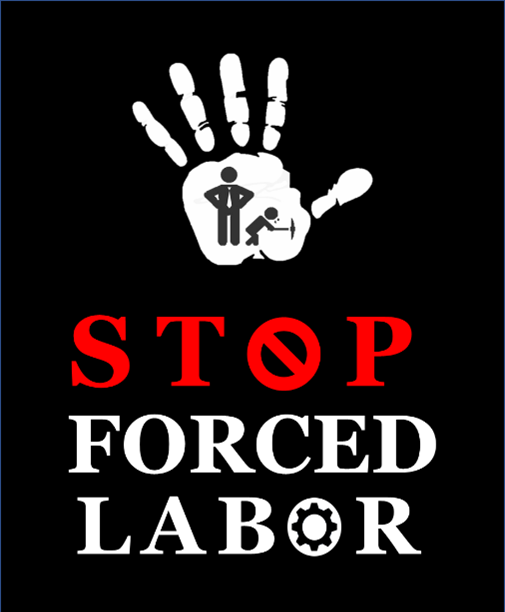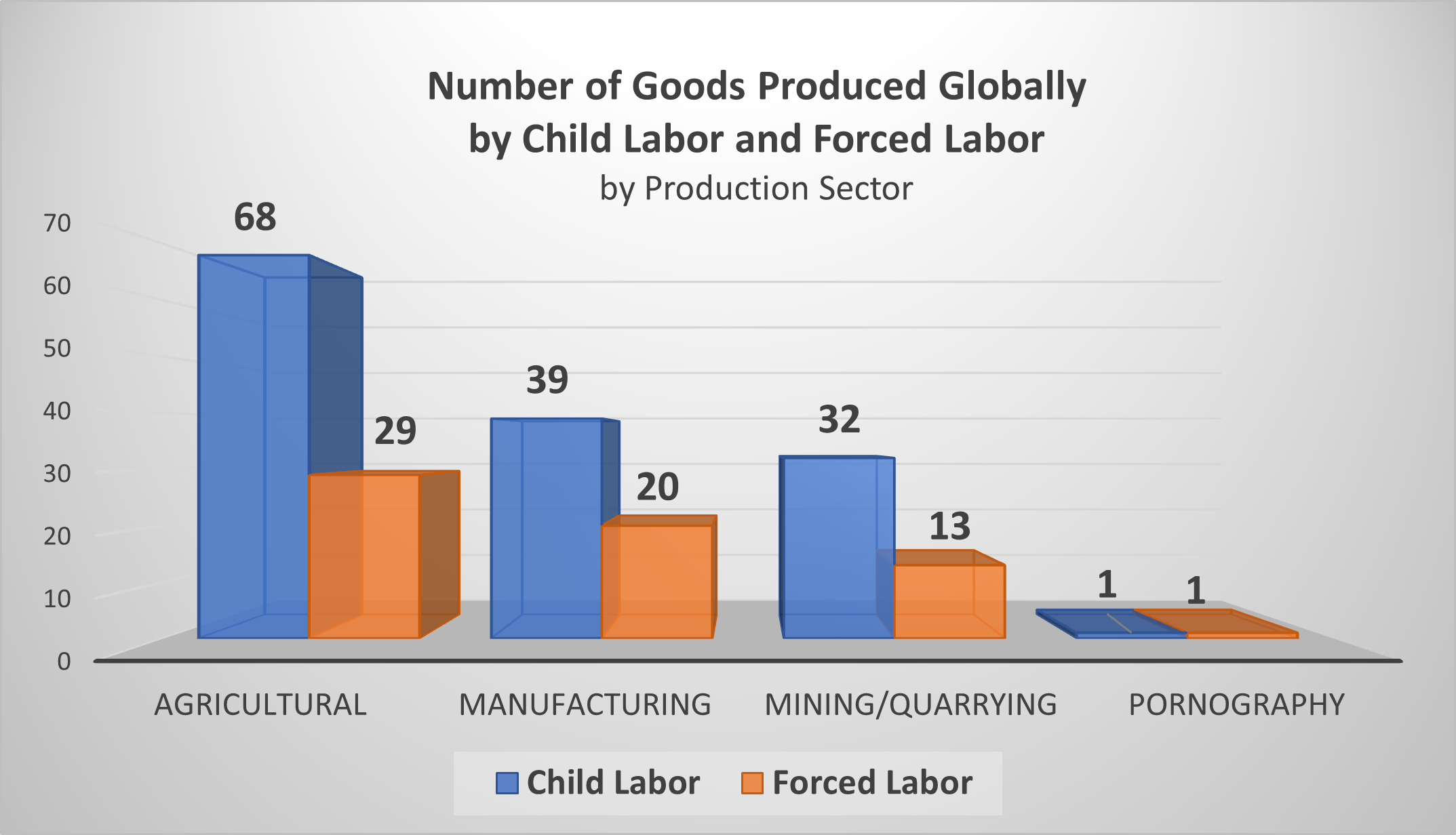 The Uyghur Forced Labor Prevention Act (UFLPA) goes into effect on June 21, 2002.
The Uyghur Forced Labor Prevention Act (UFLPA) goes into effect on June 21, 2002.
The UFLPA was signed into law by President Biden on December 23, 2021. It establishes a rebuttable presumption that the importation of any goods, wares, articles, and merchandise mined, produced, or manufactured wholly or in part in the Xinjiang Uyghur Autonomous Region of the People’s Republic of China, or produced by certain entities, is prohibited by Section 307 of the Tariff Act of 1930 and that such goods, wares, articles, and merchandise are not entitled to entry to the United States.
The presumption applies unless the Commissioner of U.S. Customs and Border Protection (CBP) determines that the importer of record has complied with specified conditions and, by clear and convincing evidence, that the goods, wares, articles, or merchandise were not produced using forced labor.
What Can You Do?
Ensure your goods are not made with forced labor by following these practical steps.
 |
KNOW THE INDICATORS
|
 |
LOOK FOR RED FLAGS
|
 |
BE CAREFUL ABOUT PLACING UNREALISTIC DEMANDS ON YOUR SUPPLIERS
|
 |
LEVERAGE MODERN SLAVERY TOOLS
|
 |
COMMUNICATE WITH YOUR SUPPLIERS
|
 |
INCORPORATE ANTI-SLAVERY CONTROLS IN CONTRACTS
|
If you discover – or even suspect – there’s forced labor in your supply chain, your #1 priority is to find other sources for your product. While it might well increase the cost of your goods, it’ll be worth it in the long run. Not only will you protect your business from incurring hefty fines and penalties, you will also save your reputation with those that matter most to you – your customers.
What is Forced Labor?
According to the International Labor Organization (ILO), forced labor is all work or service that is exacted from a person under the threat of a penalty or for which the person has not offered himself or herself voluntarily. The U.S. further defines forced labor to include forced or compulsory labor under threat, fraud, or coercion. Examples of forced labor include domestic servitude, child labor, bonded labor, and forced sexual services.
The ILO estimates that there are 24.9 million victims of forced labor across the globe, with children accounting for 1 out of every 4 victims. While the majority of those trapped in forced labor are exploited by the private sector, many governments also exploit the form of modern day slavery in state-run prisons, convict leasing programs, and reeducation camps.
Global Forced Labor Statistics

What Goods are Produced with Forced Labor?
Electronics. Clothes. Shoes. Food. Wine and alcohol. Many of the products we buy, sell, and use every day are produced by people trapped in forced labor. Forced labor exists across all levels of the supply chain – from picking or mining raw materials, such as cotton or cobalt, to the manufacturing of products such as cell phones or clothing, and even in later stages of shipping and delivery to customers. Goods produced with the most child labor or forced labor span across the agricultural, manufacturing, and mining/quarrying industries and include:
- Cocoa
- Coffee
- Cotton
- Electronics
- Fireworks
- Footwear
- Garments
- Gold and Diamonds
- Hair Products
- Soap and Detergents
- Sugarcane
- Textiles

For more information, please visit CBP’s Forced Labor website located at https://www.cbp.gov/trade/programs-administration/forced-labor.

